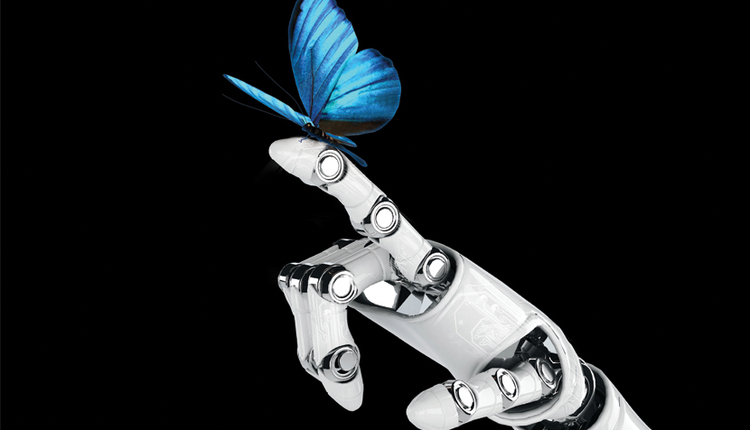
Let’s explore what your company may already be doing and a few new ideas they may find valuable.
1. Reduce call center and walk-in payments.
- Call center and walk-in payments can be very costly to process. By providing web payment capability, you enable customers to make on-time payments and enroll in recurring payments. You can also use the web payment screen to capture email addresses to send a payment confirmation email. Payment capability can be added to your website in a matter of weeks with little or no upfront investment.
- When customers call to make a payment, why not intercept those calls by adding integrated voice response (IVR)? IVR systems can be bilingual (usually English and Spanish). They can be up and running in 30 days, during which time a custom script is developed. This is more expensive than a web payment, but significantly less costly than a call center payment.
2. Reduce the volume of bank-generated checks.
One of the hidden secrets of online banking is that often the bank will issue a physical check on behalf of their online banking customer. This is convenient for the payer, but it leads to more paper checks at the receiving end (and higher cost for the biller). The biller (or lockbox) has to manually process these checks and apply them to the correct accounts. Electronic lockbox services can move many (but not all) bank-generated online payment checks to an eCheck for automatic processing and entry into your accounting system.
"Customers like [paying right from the PDF] so much that in a B2C environment, as many as 40% pay through the PDF when they get the bill."
3. Turning a mobile device into a credit card machine.
If your customer-facing employees are also collecting payments, why not turn their mobile phones into a portable POS. They will be able to swipe the credit card, process the payment in real time and email the customer a payment confirmation, enabling instant payment.
4. The latest trend in eBilling is payment from a PDF.
Invoices can be sent to customers as encrypted attachments and, after decrypting the invoice, the customer can pay right from the PDF, without having to log onto a portal. This is more customer friendly (and safer) than sending a customer an email that her bill is ready and asking her to link to your website, log in, find the bill and make a payment. Customers like this so much that in a B2C environment, as many as 40% pay through the PDF when they get the bill.
Each of these solutions can be part of a multi-channel payment strategy to simplify the customer payment process. Web payments, IVR, electronic lockbox and mobile payments support your current communications strategy and business processes. Enabling payment from the PDF will not only increase electronic payments, it will also dramatically reduce the number of paper invoices mailed in the first place.
Creating a full suite of payment channels just makes good business sense. Lower receivables, reduced collection costs and a happier customer, what are you waiting for?














